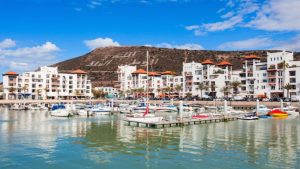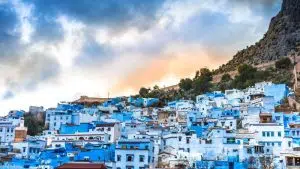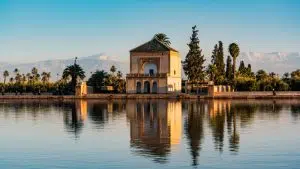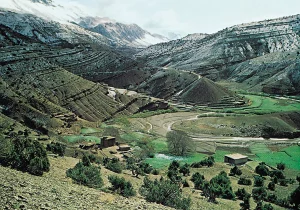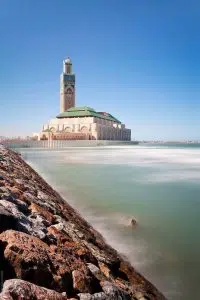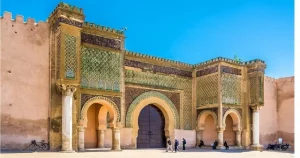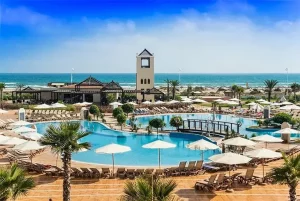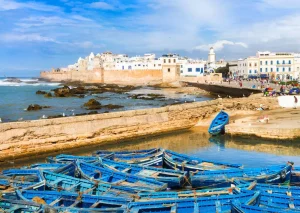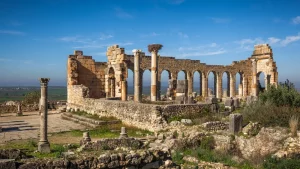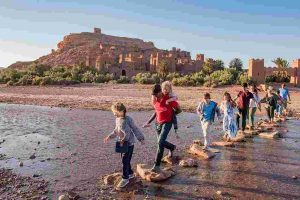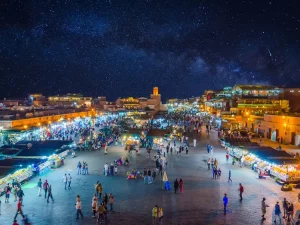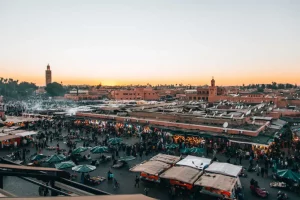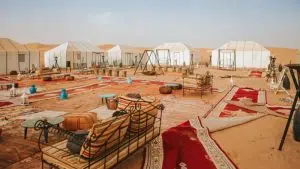
Things to Do in Merzouga 2025 | Sahara Adventures & Culture
Merzouga is where Morocco’s legendary golden dunes rise to meet endless skies—and where travelers find some of the country’s most unforgettable adventures. If you’re dreaming of camel rides, stargazing nights in luxury desert camps, or cultural encounters that linger long after your trip ends, you’ll find countless things to do in Merzouga that capture the true spirit of the Sahara. Whether you’re planning a quick stop on a grand Moroccan tour or dedicating several days to slow exploration, this guide uncovers the best Merzouga experiences for 2025—tailored to travelers who crave both adventure and authentic cultural moments. Where is Merzouga? Merzouga is a small village located in Morocco’s southeast, just a stone’s throw from the Algerian border. It sits on the edge of the spectacular Erg Chebbi dunes—an iconic sea of sand rising up to 150 meters high and stretching as far as the eye can see. Part of the Draa-Tafilalet region in Errachidia province, Merzouga is about 560 km from Marrakech and roughly 460 km from Fes. What makes Merzouga truly special isn’t only its location, but the atmosphere: peaceful yet alive with music, local traditions, and breathtaking nature. Beyond the dunes, the surrounding villages, palm groves, seasonal lakes, and age-old caravan routes reveal a living history that blends Amazigh (Berber) heritage with African and Arab influences. For anyone planning things to do in Merzouga, this backdrop adds depth to every experience. Discover the magic of Merzouga and beyond with our carefully crafted Morocco Tours that reveal the heart of the Sahara. How to Get to Merzouga Though Merzouga feels remote, getting there is part of the adventure. By car: Renting a car gives you flexibility to explore the Atlas Mountains, Todra Gorge, and hidden villages along the way. By bus: Companies like Supratours and CTM offer comfortable direct buses from Marrakech or Fes to Merzouga. By tour: Many travelers choose Marrakech desert tours, which combine guided transport, cultural stops, and desert activities into one seamless experience. Whichever route you pick, the road to Merzouga is a journey through Morocco’s raw beauty—rocky plateaus, valleys dotted with ksars (fortified villages), and oasis towns where time feels slower. Best Time to Visit Merzouga Merzouga’s climate is famously extreme, so timing your visit makes a big difference: October to April: Best months, with cooler days (18–28°C) and cold, starry nights. Perfect for outdoor activities like camel trekking, dune walks, and photography. May & September: Warmer but manageable; great if you prefer fewer tourists. Summer (June–August): Temperatures often exceed 45°C (113°F). While some still visit, activities are limited to mornings and evenings to avoid the heat. For most travelers, spring and autumn bring the ideal balance: warm golden sunsets, comfortable daytime temperatures, and crisp desert nights perfect for campfires and stargazing. Experience the golden dunes, camel treks, and starlit camps with unforgettable Morocco Desert Tours designed for true desert lovers. Top 10 Things to Do in Merzouga for 2025 Here’s your ultimate list of Merzouga activities that turn a desert visit into a life-long memory: 1. Camel Trekking Across Erg Chebbi Dunes Few experiences are as iconic—or peaceful—as a camel ride over Merzouga’s golden dunes. Whether you choose a short sunset trek or an overnight journey to a remote camp, the rhythm of the camel’s walk, the shifting sand patterns, and the colors of the sky create a timeless, meditative adventure. Duration: From 1–2 hours to multi-day treks. Best time: Sunrise or sunset for cooler air and magical light. Tip: Wear long pants and bring a scarf or turban for sand and sun protection. Camel trekking is more than transport—it’s a step into the ancient lifestyle of desert nomads and the perfect way to appreciate the dunes’ vastness. 2. Sunrise & Sunset over the Sahara Watching the dunes catch fire with color at sunrise or fade into deep purples at sunset is an unmissable Merzouga experience. Best viewpoints: High dunes east of Merzouga or along Erg Chebbi’s ridge. What to bring: Camera, warm layers, and a moment of quiet reflection. At sunrise, the desert wakes slowly: shadows dance, sand cools, and silence feels endless. At sunset, the golden hour turns the dunes into living sculpture. Free and awe-inspiring, these moments stay etched in memory. 3. Stay Overnight in a Desert Camp Sleeping under countless stars is often the highlight of a Merzouga itinerary. Options range from basic nomadic tents to luxury camps with private bathrooms and Berber carpets. What’s included: Dinner, breakfast, local music, and sunrise dune walks. Tip: Choose a camp outside the busiest area to enjoy true silence. As darkness falls, the sky becomes a living planetarium. Listen to Gnawa drumming, sip sweet mint tea by the fire, and wake before dawn to watch first light touch the dunes. 4. Gnawa Music in Khamlia Village Khamlia, a tiny village near Merzouga, is home to descendants of former West African slaves who have kept the hypnotic rhythms of Gnawa music alive for generations. Experience: Live performances, chat with musicians, and learn about instruments like the krakebs (metal castanets). Cost: Often free; donations appreciated. Beyond entertainment, Gnawa music is deeply spiritual—a blend of African and Amazigh tradition that reveals a hidden layer of desert culture. 5. Thrilling 4×4 or Buggy Ride Over the Dunes If you crave speed, a guided 4×4 tour or dune buggy ride is one of the most exciting things to do in Merzouga. Feel the adrenaline as you crest towering dunes, explore fossil beds, and cross rocky desert plains. Duration: 1–2 hours or longer tours. Tip: Wear sunglasses and a scarf; sand flies everywhere. These adventures combine desert beauty with thrill, covering more ground than a camel trek and adding pulse-quickening excitement to your itinerary. 6. Fossil Hunting & Desert Wildlife Spotting Millions of years ago, the Sahara was under water, leaving behind fossils of sea creatures. Today, local guides help you spot ammonites, trilobites, and petrified wood. Combine with: Watching desert foxes, birds near seasonal lakes, and unique desert flora. Cost: Modest guide fees (20–30 EUR). It’s

